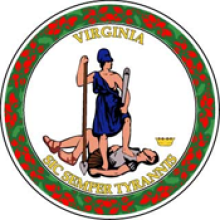OpenCape is Almost Open for Business
Cape Cod brings thoughts of ocean waves and wind swept beaches. OpenCape and SmarterCape Partnership want to add “really fast pipe” to that image.
This winter, crews have begun installing over 300 miles of fiber optic lines [pdf] connecting 70 anchor institutions in the region. A few customers may be able to get service as early as this summer, and the network will be fully deployed by early 2013. It is middle mile infrastructure, which is to say it is intended to be the link between the Internet backbone and organizations and businesses that serve end users.
OpenCape began in 2006, when leaders of several Cape academic and research institutions met to compare notes on their telecommunications needs and wants. Dan Gallagher, as CIO of Cape Cod Community College, was paying about $3,750 per month for 3 T-1 lines to serve 5,000 students, plus faculty and administration. The CIO of Woods Hole Oceanographic Institute was searching for a way to meet his organization’s needs for symmetric data transfer. As is typical for remote or geographically challenging areas, moderate bandwidth was very expensive, and the high capacity connections needed for modern computing applications were not available at any price. The Cape region also lacked a data center, which is necessary for redundant communications and network power systems.
Everyone at the meeting recognized their region had an infrastructure problem. As Gallagher, now CEO of OpenCape, puts it, “If you weren’t on a canal, if you didn’t get a train station, you wouldn’t survive. Today, broadband is that infrastructure.”
Further discussions ensued within the founding group and throughout the community. They looked to projects like Mid-Atlantic Broadband Cooperative, and thought about what would best fit their region.
At some point in the process of building and financing a new infrastructure, a decision is made about who will finance and own it. Ownership was a central part of the discussions from the beginning. “Long ago, we decided that roads are the domain of government,” says Gallagher. “We gave power to highly regulated monopolies.



